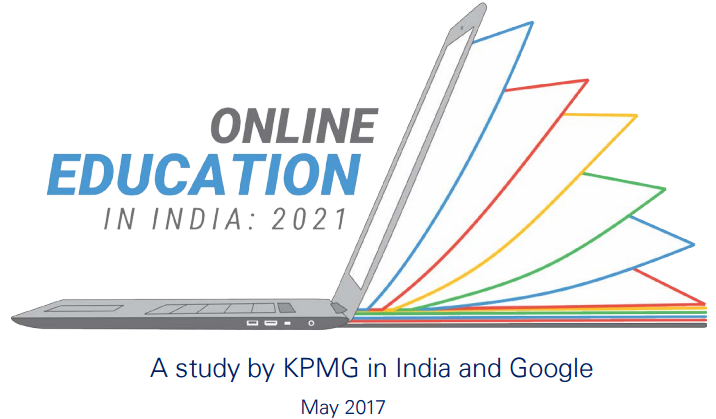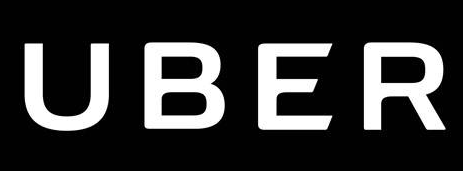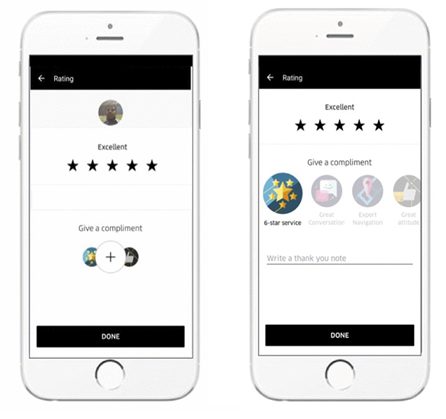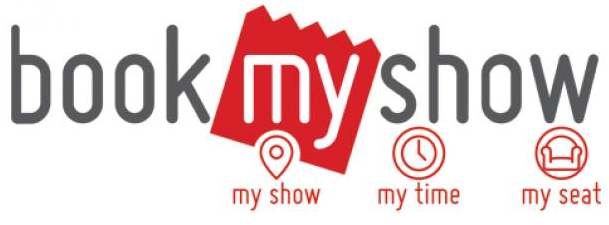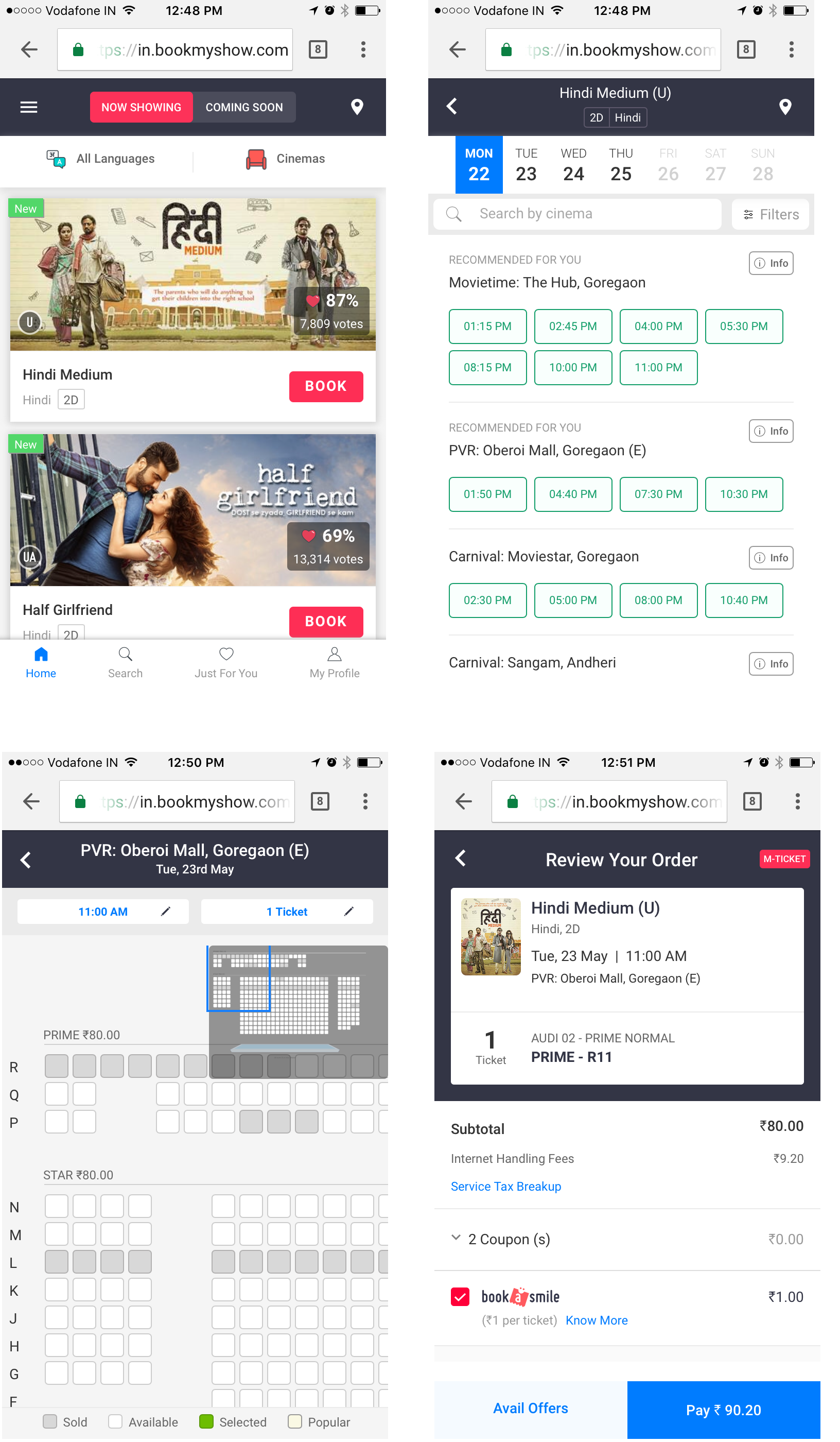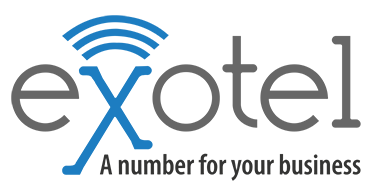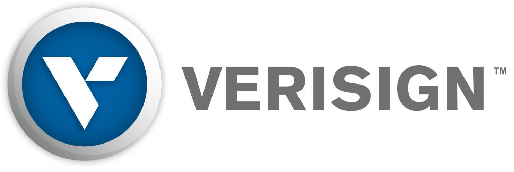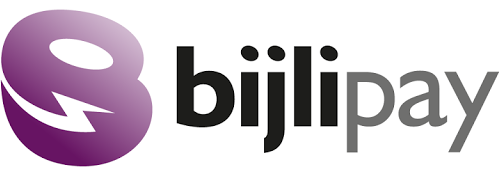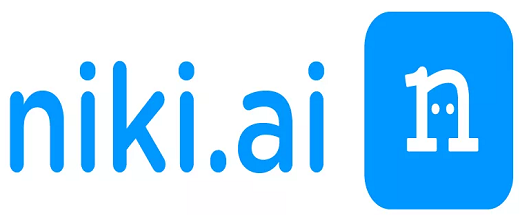Ola, India’s most popular mobile app for transportation, flags off World Environment Day by announcing the tremendous growth witnessed by its shared mobility offering Ola Share.
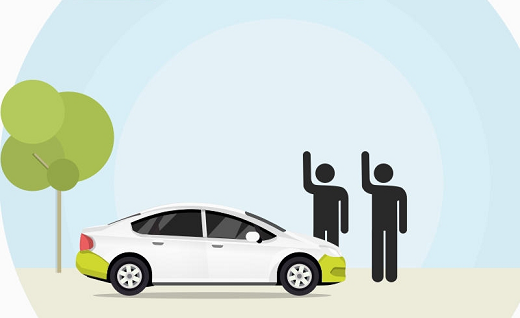
Registering a 500% growth in last one year; Delhi, Bengaluru, Mumbai, Hyderabad and Kolkata have emerged as the top 5 cities for Ola Share. On the eve of this announcement, Ola also launched a year-long campaign titled #FarakPadtaHai to create awareness about shared mobility. The campaign was launched on a social media platform over the weekend by renowned cricketer-turned-commentator, Virender Sehwag.
As per the methodology designed by World Resource Institute [WRI], a global research organisation working towards catalyzing a global transition to a low-carbon economy, Ola Share has effectively reduced 12 million kilograms of carbon dioxide and saved over 7 million litres of fuel with the distance travel by cabs reduced by 84 million kilometers, since its inception.
Vishal Kaul, COO at Ola said
Ola Share is one of our flagship products and is poised to bring down traffic congestion on roads, which means that people in our cities will spend less time in traffic. We have seen a high uptake for the category on both the customer as well as the driver partner side, that has been a key element in its success.
Cities such as Delhi, Bengaluru, Mumbai, Hyderabad, and Kolkata are the biggest users of Ola Share, and to keep the momentum going, we are selling Share Pass at a flat Re.1 in all our Ola Share cities. Share Pass, one of our recent and most popular product innovations, has seen phenomenal growth since its launch in November last year. Currently, Share Pass has already pre-sold 20 million+ Ola Share rides.
The unprecedented success of Ola Share has been driven by innovative technology that benefits both; customers and driver partners, and has resulted in the expansion of the category from 7 to 26 cities in only 19 months. Ola’s best-in-class ‘user matching algorithm‘ ensures that commuters sharing a ride are travelling in the same direction, so that Ola Share users are efficiently picked up and dropped off with their co-passengers.
With the added benefit of Share Pass, a subscription product, that allows customers to take Ola Share rides at a flat fixed price, Ola Share becomes the most consistent, convenient, and affordable shared mobility offering in India.
As a part of the #FarakPadtaHai campaign, Ola partnered with Traffic Police Departments across key cities such as Delhi, Mumbai, Bengaluru, Pune, and Noida. During the drive, senior traffic police officials handed out saplings to commuters across key traffic junctions in the cities and reminded them to share rides and help decongest city traffic and reduce pollution.
Ola has joined hands with e-commerce giant Flipkart, Shopclues, Gaana – India’s favourite music app, IndusInd Bank & WWF who will be supporting the cause of #FarakPadtaHai campaign by endorsing shared cab rides to their users.
About Ola Share
Launched in October 2015, Ola Share is operating in 26 cities and has been specially designed to enable citizens to ride together and contribute to reduction in pollution and congestion in their city. Much like the customers, Ola Share has received tremendous acceptance from driver partners as well as they get to do more rides and make better utilization of their vehicle. All of Ola’s security features like Track your Ride, Share Ride Details, SOS, Emergency Contacts, 24×7 Customer Support and Number Masking are available for users on Ola Share.


